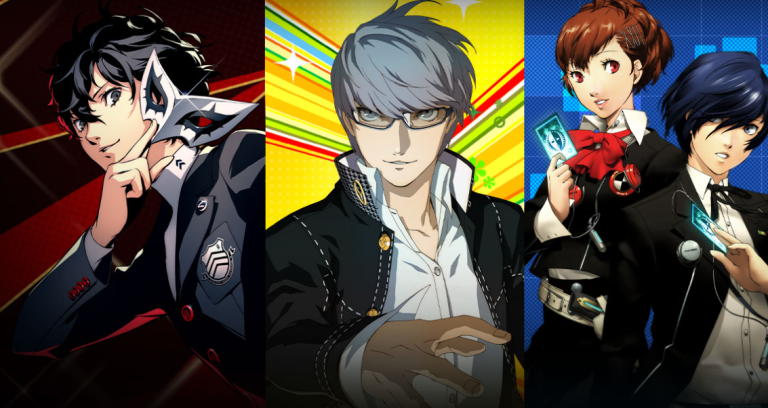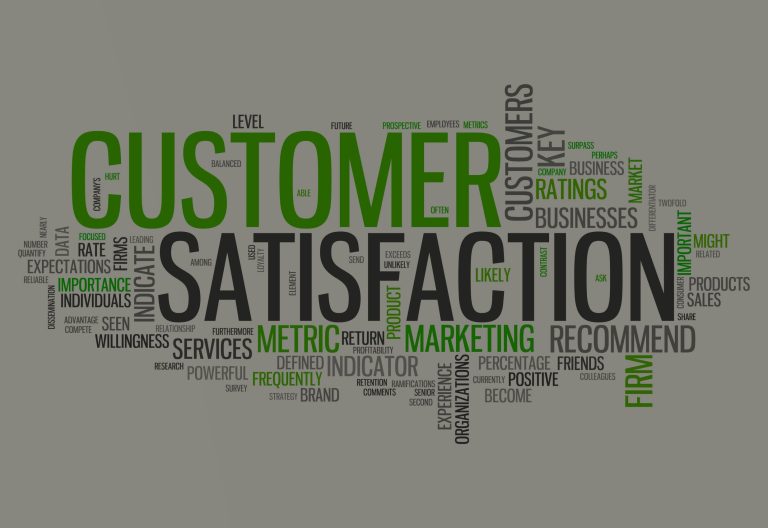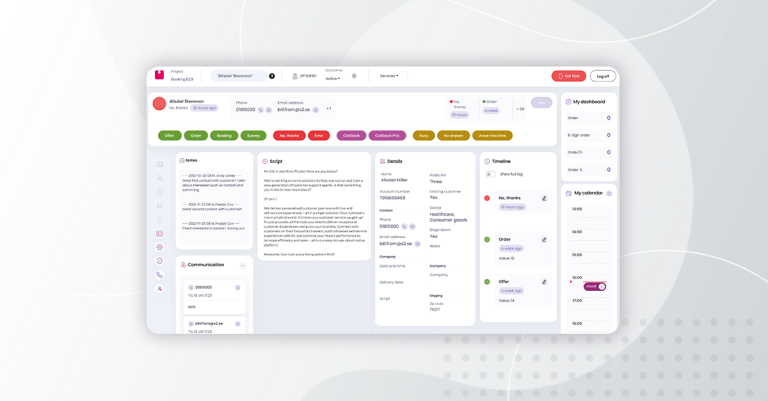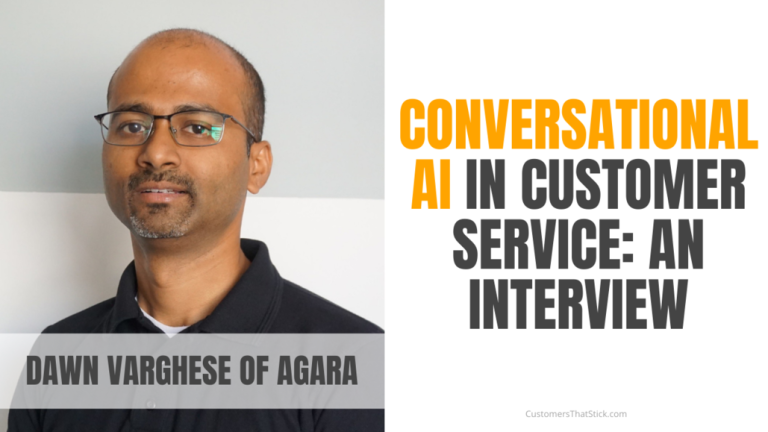Companies depend on happy customers to thrive. And yet… customer indifference is the norm. The latest average American Customer Satisfaction Index score is 73.2. And XM Institute reports the average Net Promoter Score is 15. Yikes! Why are so many companies getting a C grade? As a Customer Experience Consultant, I see that CX teams are too often not inquisitive enough about their customers’ thoughts and feelings. Instead, they lock into a single question, method, or point of view.
Customer Satisfaction Leaders & Laggards
Customer satisfaction leaders use multiple methods, ask many questions, and examine nearly every touchpoint critically. They look for what the competitor is doing better—and constantly look for ways to improve.
Experiences are complex, involving hundreds of cues. Because experiences are multilayered, understanding and improving them takes a multilayered approach.
Satisfaction laggards do the opposite. They’re rote in their approach. In effect, they discount the experience part of customer experience, which is sensory, emotional, rational, and social—and this is true regardless of whether the experience is corporate finance or buying tools.
Subconsciously or not, customers are always asking themselves:
Did this really answer my question?
Do I like this person?
Why isn’t it as easy as Amazon?
etc. etc.
In other words, experiences are complex, involving hundreds of cues. Because experiences are multilayered, understanding and improving them takes a multilayered approach.
A Company that Does it Well
Yaskawa America, one of the world’s largest manufacturers of automation solutions, has had stellar growth over the past 20 years; they also vastly outperform every customer satisfaction average for their sector.
What they don’t do is repeatedly ask customers the same question. They don’t rely on a single survey approach. Instead, they combine multiple methods, workshops, employee engagement studies, and more. And their survey program deploys a wide range of surveys, each customized to a specific touchpoint.
At a deeper level, beyond using multiple methods and gauging multiple touchpoints, Yaskawa excels because they examine extrinsic data (how well they perform in their customers’ eyes) and intrinsic data (how well they perform versus their brand and sales goals).
When a sighted man came along, he knew it was an elephant—because he saw the picture holistically, not in fragmented parts.
Customer Experience Consultant Perch
From my Customer Experience Consultant perch, it seems clear that companies need a wide lens to get a handle on customer satisfaction. It’s akin to the Indian parable of Six Blind Men and an Elephant.
One day in the forest, six blind men approached an object. They each touched a part of it. One man said it’s a snake! The next it’s a tree! They each had a different impression. But when a sighted man came along, he knew it was an elephant—because he saw the picture holistically, not in fragmented parts.
Customer Satisfaction: A Wide-Angle View
To get to the bottom of customer satisfaction—in ways that foster actionability, here’s what I recommend:
Whether you’re conducting a customer service evaluation, a survey, or any other method, include questions that decipher customers’ expectations versus their perceptions—because the difference between the two are your opportunities.
To calculate how easy it is for your customers to work with you, use a variety of surveys—as well as review apps, interviews, focus groups, and usability studies.
Match your questions to touchpoints. For example, at the end of tech support calls, DON’T ask, ‘how likely are you to recommend…?” you’ll collect bogus data. Here’s why: Customers could have a miserable tech support experience. And yet, if your price point is low enough or your product unique enough, you’ll still get a passive or better Net Promoter Score—despite that current lousy interaction.Or the inverse could be true. Customers could have excellent tech support, but that doesn’t mean their overall impression of your company is favorable. In short, to successfully gauge your touchpoints, align your questions specifically to each area.
Don’t use customer feedback to measure how well you perform relative to your business objectives. Instead, use operations data, employee engagement studies, customer service evaluations, and other observational methods. Only you know your mission, brand, and sales goals. Your customers don’t. So, you can’t expect them to accurately weigh in on (for example) how consistently you demonstrate your brand.
Moreover, embracing a multidimensional view will lift your customer interaction standards.
As a Customer Experience Consultant, I get to evaluate lots of companies. Those newer to customer experience or early in their CX journey tend to rely on a single method, question, or point of view.
Widening your view helps uncover the nuances needed to raise your customer satisfaction scores. Moreover, embracing a multidimensional view will lift your customer interaction standards.
How are you measuring Customer Satisfaction? Do you think multiple views are necessary? What’s been successful for you?






+ There are no comments
Add yours